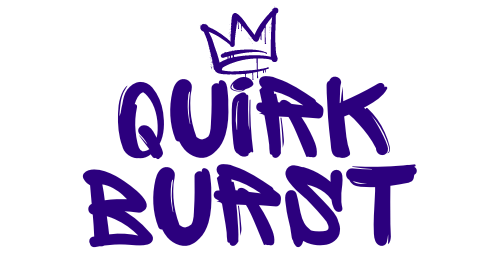How to Lose Weight Fast: A Practical and Healthy Guide
In a world filled with fad diets, quick-fix solutions, and overnight transformations, the desire to lose weight fast is common. However, the key to success lies in achieving fast results without compromising your health. This comprehensive 1,500-word guide will explore scientifically-backed strategies, lifestyle shifts, and nutrition tips to help you shed unwanted pounds swiftly and safely.
1. Understand Your Why
Before diving into techniques, understand why you want to lose weight. Is it for health, appearance, energy, or confidence? Identifying your core motivation will help sustain momentum through challenges.
2. Create a Calorie Deficit (But Do It Right)
At the core of weight loss is a simple equation: burn more calories than you consume. However, doing this correctly is crucial.
Calculate your BMR (Basal Metabolic Rate): This tells you how many calories you burn at rest.
Use a TDEE calculator: This helps estimate how many calories you burn daily with activity.
Create a safe calorie deficit: Aim for 500-1,000 fewer calories per day to lose about 1–2 pounds per week.
Avoid going below 1,200 calories a day for women or 1,500 for men without medical supervision.
3. Focus on Whole, Nutrient-Dense Foods
Ditch the processed junk and fuel your body with real foods:
Proteins: Lean meats, tofu, legumes, eggs
Vegetables: Especially leafy greens, broccoli, bell peppers
Fruits: In moderation, focus on berries, apples, oranges
Whole grains: Oats, brown rice, quinoa
Healthy fats: Avocados, nuts, seeds, olive oil
These foods help you feel full longer and support metabolism and energy levels.
4. Hydrate Like a Pro
Water plays a crucial role in fat metabolism, appetite regulation, and energy. Aim for 2–3 liters of water per day. A tip: drink a glass before meals to feel fuller and curb overeating.
Limit sugary drinks, alcohol, and sodas, as they add empty calories.
5. Incorporate Intermittent Fasting
Intermittent fasting (IF) has become a popular, science-supported approach to weight loss. Common methods include:
16:8 Method: 16-hour fasting window, 8-hour eating window
5:2 Diet: Eat normally 5 days, restrict calories to 500–600 for 2 days
IF can boost metabolism, improve insulin sensitivity, and promote fat loss. However, it’s not for everyone, so consult your doctor if unsure.
6. Move More: Mix Cardio and Strength
You don’t need a gym membership to lose weight fast, but physical activity accelerates fat loss.
Cardio: Running, brisk walking, swimming, cycling — aim for 150–300 minutes per week
Strength training: Builds lean muscle, which burns more calories at rest
HIIT (High-Intensity Interval Training): Combines cardio and strength for maximum calorie burn in minimal time
7. Track Progress (But Not Just on the Scale)
While the scale can be a useful tool, it doesn’t show the full picture. Track:
Measurements (waist, hips, chest)
Before and after photos
Energy levels
Mood and sleep quality
Apps like MyFitnessPal or Cronometer can help log meals and workouts.
8. Sleep Like Your Goals Depend on It
Poor sleep leads to increased cravings, lower energy, and hormonal imbalances that hinder weight loss. Aim for 7–9 hours of quality sleep per night.
Tips for better sleep:
Keep a consistent bedtime
Limit blue light at night
Avoid caffeine late in the day
9. Manage Stress Effectively
Chronic stress triggers cortisol, a hormone that can cause fat accumulation, especially around the belly. Incorporate stress-reduction techniques:
Meditation or deep breathing
Journaling
Walking in nature
Listening to music or practicing a hobby
10. Avoid Common Pitfalls
Losing weight fast doesn’t mean starving yourself or doing extreme cleanses. Avoid:
Skipping meals
Over-reliance on diet pills
Excessive cardio with no strength training
Comparing your journey to others
11. Be Consistent, Not Perfect
Perfection isn’t sustainable. Instead, focus on progress. One unhealthy meal won’t ruin your progress, just as one healthy meal won’t fix everything.
Build a routine that works for your lifestyle and commit to it. The more consistent your habits, the quicker and more sustainable your results.
12. Supplement Smartly (If Needed)
While food should be your main source of nutrients, supplements can help fill gaps:
Multivitamins
Omega-3 fatty acids
Protein powder (if you’re not hitting your daily protein goals)
Probiotics for gut health
Always consult with a healthcare provider before starting supplements.
13. Find a Support System
Surrounding yourself with supportive people increases accountability and motivation. Join online communities, workout groups, or partner with a friend to stay on track.
14. Celebrate Non-Scale Victories
Maybe your clothes fit better. You’re sleeping better. You’re thinking more clearly. These wins are just as important as pounds lost.
Recognize and reward yourself (non-food related) for sticking to your plan.


